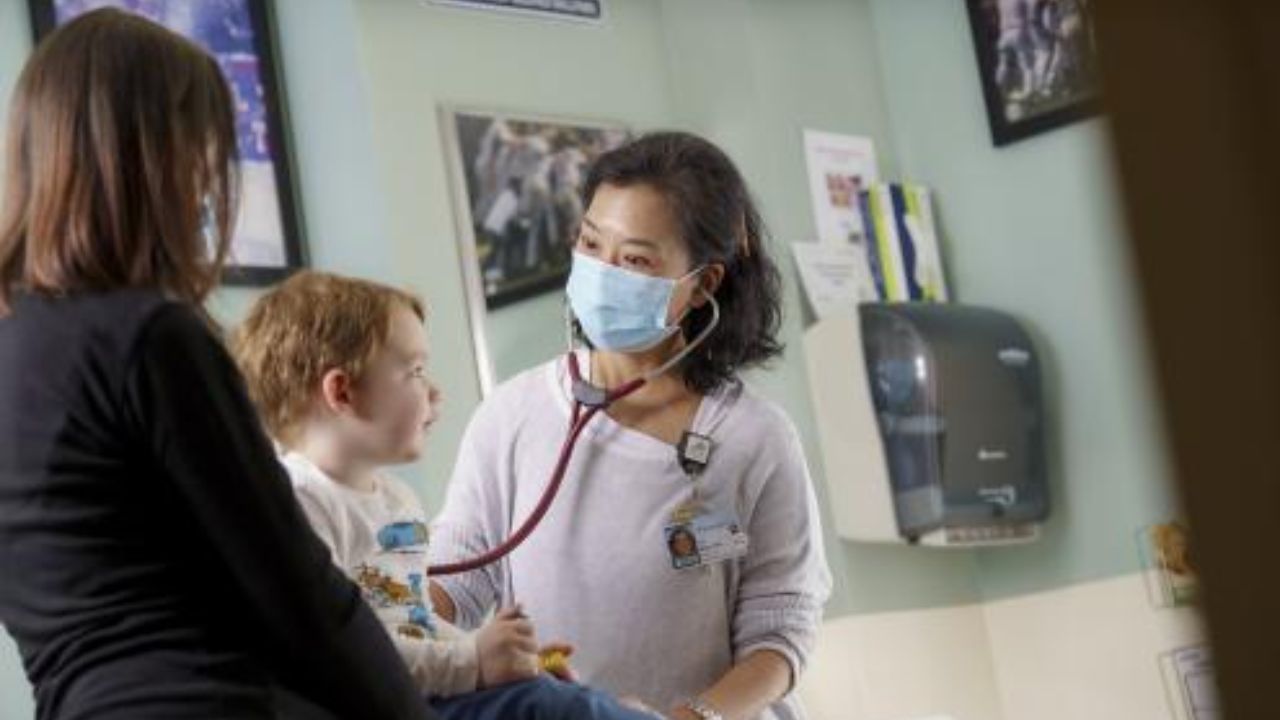Vermont, renowned for its natural beauty, progressive politics, and high quality of life, grapples with a significant challenge: cancer. Recent data from the Vermont Department of Health reveals that the state has the highest cancer incidence rate in the country, standing at 454.3 cases per 100,000 people, surpassing the national average of 442.3 cases per 100,000 individuals.
What are the most common cancers in Vermont?
The most prevalent cancers in Vermont are breast, lung, prostate, colorectal, and skin melanoma. Together, these five cancer types account for over half of all new cancer cases in the state. The table below showcases the age-adjusted incidence rates for different cancer sites in Vermont and across the United States.
| Cancer Site | Vermont Rate | USA Rate |
|---|---|---|
| All Cancer Sites | 454.3 | 442.3 |
| Breast (Female) | 131.9 | 127.0 |
| Lung & Bronchus | 56.3 | 54.0 |
| Prostate (Male) | 101.9 | 110.5 |
| Colon & Rectum | 33.2 | 36.5 |
| Melanoma of the Skin | 36.6 | 22.5 |
Which city has the highest cancer rates in Vermont?
Rutland, with an average of 524.8 cases per 100,000 people from 2016 to 2020, tops the list of cities with the highest cancer rates in Vermont. Following Rutland are Bennington (510.4), Burlington (504.4), Barre (489.8), and Montpelier (485.6). The map below illustrates cancer incidence rates by county across Vermont.
What are the possible causes and risk factors for cancer in Vermont?
Numerous factors can influence the risk of developing cancer, including genetics, lifestyle choices, environmental exposures, and access to healthcare. Several potential causes and risk factors for cancer in Vermont include:
- Tobacco Use: Smoking, a leading cause of preventable death and disease, is responsible for about 30% of all cancer-related fatalities. It is linked to cancers of the lung, mouth, throat, esophagus, bladder, kidney, pancreas, cervix, and stomach.
- Obesity: Being overweight or obese increases the risk of various cancers, including breast, colorectal, endometrial, kidney, liver, and pancreatic. Approximately 28% of Vermont adults are obese, and 36% are overweight.
- Sun Exposure: Exposure to ultraviolet (UV) radiation, whether from the sun or artificial sources like tanning beds, can damage skin cell DNA and cause skin cancer. Vermont experiences one of the highest rates of skin melanoma in the nation.
- Radon: A naturally occurring radioactive gas, radon can seep into homes and buildings from the soil and rocks. It is the second leading cause of lung cancer after smoking, with roughly one in eight Vermont homes having elevated radon levels.
- Alcohol Use: Alcohol consumption is associated with an increased risk of cancers of the mouth, throat, esophagus, liver, colon, rectum, and breast. Around 18% of Vermont adults report binge drinking (consuming five or more drinks on one occasion) in the past month.
How can cancer be prevented and detected early in Vermont?
The prevention and early detection of cancer can be achieved through healthy behaviors and routine screenings. Some recommended strategies include:
- Quitting Smoking or Avoiding Secondhand Smoke: Quitting smoking can reduce the risk of lung and other cancers by up to 50% within five years. Various resources, such as the free program “802Quits,” offer counseling, nicotine replacement products, and support groups to assist smokers in quitting.
- Maintaining a Healthy Weight and Being Physically Active: A balanced diet rich in fruits, vegetables, whole grains, lean protein, and healthy fats can help prevent obesity and related diseases. Being physically active for at least 150 minutes per week can lower the risk of several cancers by improving metabolism, hormone levels, inflammation, and immune function.
- Protecting Against Sun Exposure: Wearing sunscreen with SPF 15 or higher, using protective clothing and hats, seeking shade, and avoiding sunburns can reduce the risk of skin cancer. Avoiding tanning beds and lamps is also essential to prevent skin damage and cancer.
- Testing for Radon and Addressing High Levels: Testing for radon is crucial to identifying elevated levels of the gas in homes and buildings. Radon test kits are available for free or at a low cost from the Vermont Department of Health. If radon levels exceed 4 pCi/L, mitigation systems can be installed to reduce exposure.
- Limiting Alcohol Use or Abstaining: Reducing alcohol consumption or abstaining altogether can lower the risk of several cancers. If individuals choose to drink, it is recommended that they limit their intake to no more than one drink per day for women and two drinks per day for men.
- Screening for Cancer: Regular screening tests can help detect cancer early when it is more treatable. The Vermont Department of Health recommends specific screening tests for different types of cancer, such as mammograms for breast cancer, Pap tests for cervical cancer, and low-dose CT scans for lung cancer.
In Conclusion
Cancer presents a significant public health challenge in Vermont, where it boasts the highest incidence rate in the nation. Nevertheless, the adoption of healthy behaviors and regular screenings can contribute to the prevention and early detection of various cancers. The Vermont Department of Health extends support through numerous programs and services to assist Vermonters in reducing their cancer risk and enhancing their quality of life.
